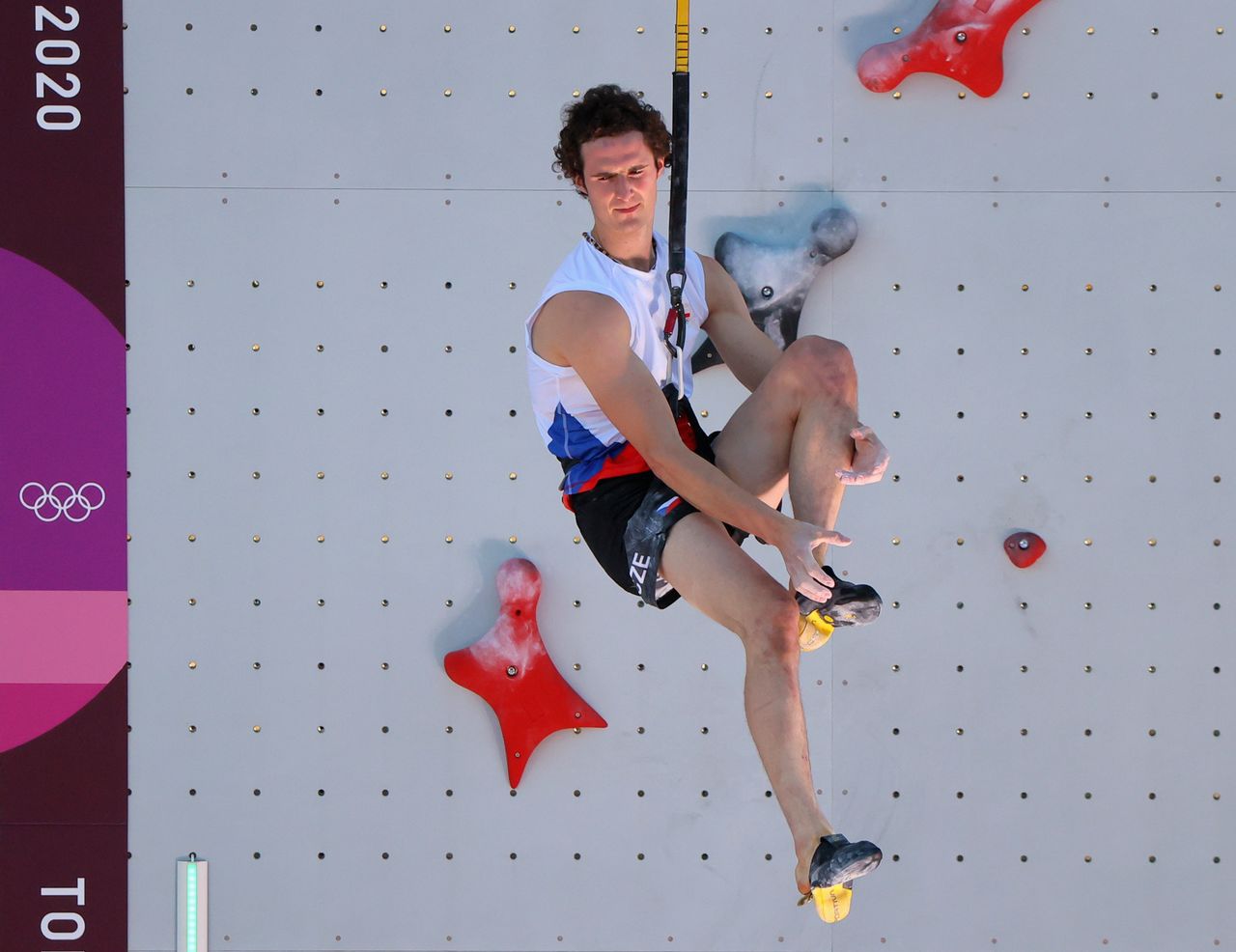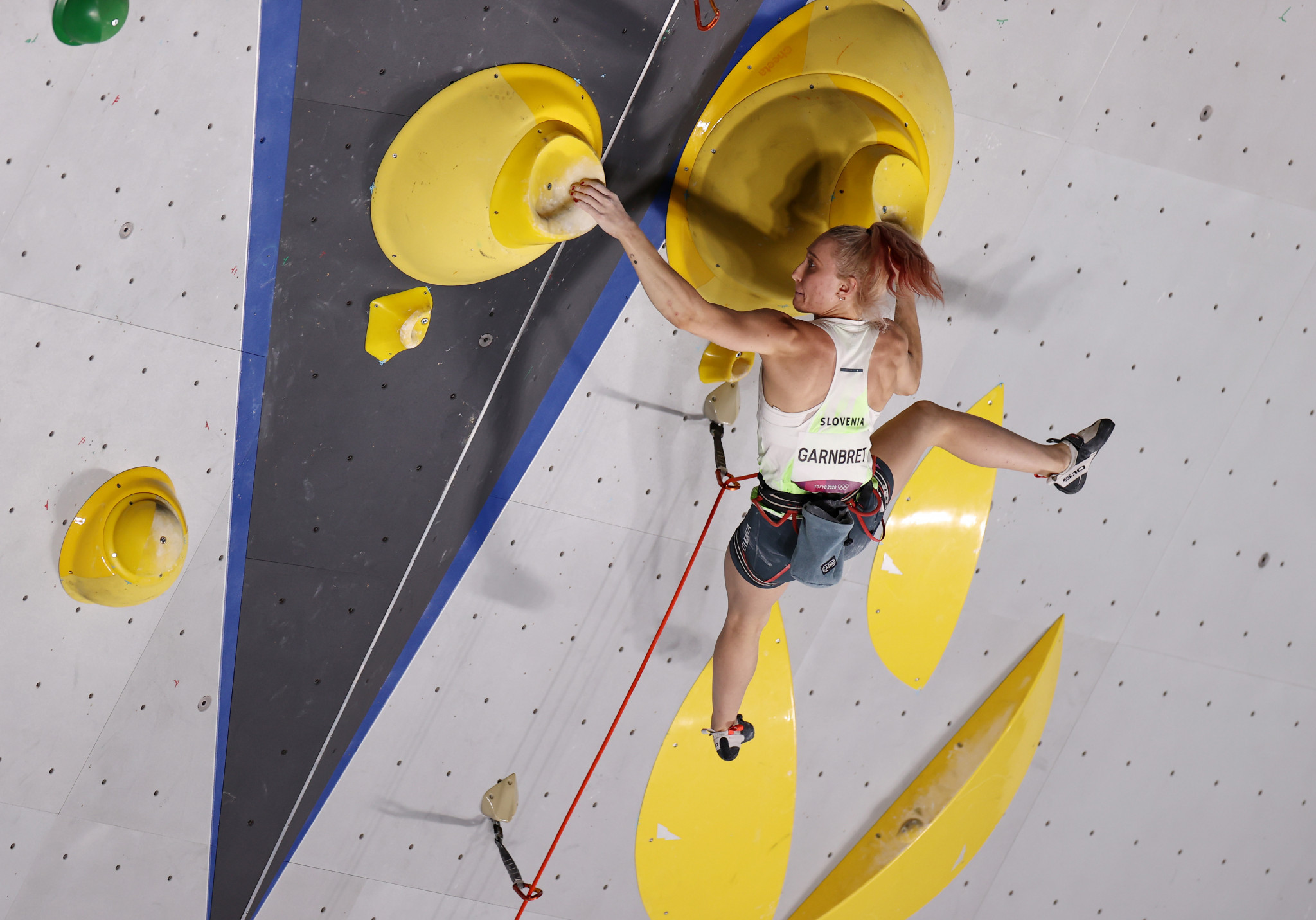The Evolution of Sport Climbing in the Olympics

Sport climbing, a discipline that tests physical strength, mental fortitude, and technical skill, has witnessed a remarkable journey, culminating in its inclusion in the 2020 Tokyo Olympics. This evolution reflects the sport’s growing popularity and recognition as a dynamic and captivating athletic pursuit.
The History of Sport Climbing
Sport climbing emerged in the 1980s, gaining traction as a recreational activity and competitive sport. Its roots lie in traditional climbing, where climbers ascend natural rock formations using ropes and protection gear. However, sport climbing diverges by focusing on pre-set routes on artificial walls, often in indoor climbing gyms. This controlled environment allows for standardized routes, fostering competition and progression.
The Inclusion of Sport Climbing in the 2020 Tokyo Olympics
The inclusion of sport climbing in the 2020 Tokyo Olympics marked a significant milestone, signifying the sport’s global recognition and acceptance as an Olympic discipline. This inclusion was driven by several factors, including the sport’s growing popularity, its technical complexity, and its potential to engage a diverse audience.
The Combined Format
The Olympic format for sport climbing combines three disciplines: lead, bouldering, and speed.
The Challenges of the Combined Format
- Balancing Skills: The combined format demands athletes to excel in all three disciplines, requiring a broad range of skills and physical attributes.
- Strategic Considerations: Athletes need to strategize their performance across the three disciplines to maximize their overall score. This involves prioritizing disciplines based on their strengths and weaknesses.
- Mental Toughness: The combined format necessitates mental resilience, as athletes face the pressure of performing well in multiple disciplines within a short time frame.
The Opportunities of the Combined Format
- Increased Excitement: The combined format adds excitement and variety to the competition, as athletes compete across different disciplines, showcasing their versatility.
- Promoting Well-Rounded Athletes: The combined format encourages athletes to develop a well-rounded skillset, fostering holistic athletic development.
- Wider Appeal: The combined format has the potential to appeal to a broader audience, attracting viewers who may be interested in different aspects of the sport.
The Impact of the Combined Format on the Sport’s Development and Popularity
The combined format has had a significant impact on the development and popularity of sport climbing.
Increased Participation
The inclusion of sport climbing in the Olympics has led to a surge in participation, particularly among younger generations. The exposure and recognition gained from the Games have inspired many to try the sport, contributing to its growth.
Technological Advancements
The competitive nature of the combined format has driven technological advancements in climbing equipment, including shoes, ropes, and chalk bags. This innovation has enhanced performance and safety for athletes.
Global Expansion
The Olympics have played a role in expanding the sport’s reach globally, as countries previously unfamiliar with sport climbing have witnessed its appeal and started developing their own climbing communities.
Key Athletes and Performances

The emergence of sport climbing in the Olympics has been marked by the remarkable achievements of numerous athletes who have pushed the boundaries of the sport and captivated audiences worldwide. This section delves into the contributions of some of the most prominent male and female climbers, analyzing their memorable performances and the diverse strategies they employ to navigate the challenging disciplines.
Top Performers and Their Impact
The Olympic stage has witnessed a constellation of exceptional talent, each with a unique style and approach to climbing.
- Adam Ondra (Czech Republic): A legend in the sport, Ondra is widely regarded as one of the greatest climbers of all time. He is known for his exceptional technical prowess, power, and endurance. He has achieved numerous first ascents of extremely difficult routes, including the iconic “Silence” (5.15d). Ondra’s impact extends beyond his individual achievements; he has helped to popularize sport climbing by showcasing its technical complexity and athleticism.
- Janja Garnbret (Slovenia): Garnbret is a dominant force in the world of competitive climbing. Her exceptional strength, precision, and ability to perform under pressure have earned her numerous accolades, including multiple World Championship titles. Garnbret’s success has helped to raise the profile of female sport climbing and inspire a new generation of climbers.
- Alberto Ginés López (Spain): Ginés López became the first Olympic champion in the combined discipline, showcasing his versatility across all three disciplines. His ability to adapt to different climbing styles and his mental resilience have been instrumental in his success. Ginés López’s victory has been a major boost for sport climbing in Spain and has inspired young climbers worldwide.
- Brooke Raboutou (USA): Raboutou is a talented climber known for her dynamic style and powerful movements. She has consistently performed well in both lead and bouldering competitions, demonstrating her versatility. Raboutou’s success has helped to raise the profile of American sport climbing.
Memorable Performances and Strategic Approaches
The Olympic Games have provided a platform for athletes to showcase their extraordinary skills and determination.
- Adam Ondra’s lead climbing performance in Tokyo 2020: Ondra’s performance in the lead climbing discipline at the Tokyo Games exemplified his exceptional climbing abilities. He navigated the challenging route with grace and precision, showcasing his technical expertise and composure under pressure.
- Janja Garnbret’s dominance in bouldering at Tokyo 2020: Garnbret’s performance in the bouldering discipline at the Tokyo Games was a masterclass in problem-solving and execution. She effortlessly solved all four problems, showcasing her remarkable strength, agility, and ability to find creative solutions.
- Alberto Ginés López’s combined climbing victory at Tokyo 2020: Ginés López’s victory in the combined discipline at the Tokyo Games was a testament to his versatility and mental resilience. He demonstrated his ability to adapt to different climbing styles and perform consistently across all three disciplines.
- Brooke Raboutou’s strong showing in the combined discipline at Tokyo 2020: Raboutou’s performance in the combined discipline at the Tokyo Games demonstrated her strength and versatility. She finished in fourth place, showcasing her ability to perform well across all three disciplines.
Climbing Styles and Strategies
The three disciplines of sport climbing—lead climbing, bouldering, and speed climbing—demand different skills and strategies.
- Lead Climbing: This discipline requires climbers to ascend a tall wall, often exceeding 15 meters in height, with the aid of ropes and safety equipment. The focus is on endurance, technical precision, and the ability to manage fatigue.
- Bouldering: Bouldering involves climbing short, challenging routes without the use of ropes. Climbers focus on strength, agility, and problem-solving skills to navigate complex sequences of holds.
- Speed Climbing: Speed climbing emphasizes speed and efficiency. Climbers race against the clock to ascend a 15-meter wall, utilizing a specialized climbing technique that prioritizes rapid ascents.
The Future of Sport Climbing in the Olympics: Sport Climbing Combined Olympics Video

Sport climbing’s inclusion in the Tokyo 2020 Olympics marked a significant milestone, propelling the discipline onto the global stage. With its growing popularity and dynamic nature, the future of sport climbing within the Olympic movement holds immense potential for continued growth and evolution.
Projected Growth of Sport Climbing Participation and Viewership, Sport climbing combined olympics video
The Olympics have undoubtedly contributed to the sport’s rising popularity, leading to a surge in participation and viewership. This trend is expected to continue in the coming years.
| Year | Estimated Number of Sport Climbers (Worldwide) | Estimated Viewership of Olympic Sport Climbing Events |
|---|---|---|
| 2024 | 15 million | 100 million |
| 2028 | 20 million | 150 million |
| 2032 | 25 million | 200 million |
This projected growth is supported by several factors, including increased media coverage, the development of new climbing gyms, and the accessibility of the sport for people of all ages and abilities.
Potential for New Disciplines and Rule Changes
The inclusion of speed climbing, lead climbing, and bouldering in the Tokyo 2020 Olympics showcased the sport’s diverse nature. In the future, the Olympic program could expand to incorporate new disciplines or rule changes to further enhance the competition’s excitement and appeal.
- Para-climbing: The inclusion of para-climbing could offer a platform for athletes with disabilities to compete at the highest level, further promoting inclusivity and accessibility within the sport.
- Team events: Introducing team events, similar to those found in other climbing competitions, could foster a greater sense of camaraderie and teamwork, adding another dimension to the sport’s appeal.
- Rule modifications: Adjustments to existing rules, such as implementing a dynamic scoring system or introducing innovative route-setting techniques, could enhance the competition’s dynamism and strategic complexity.
Impact of the Olympics on the Sport’s Global Reach and Development
The Olympics have significantly contributed to sport climbing’s global reach and development.
- Increased investment: The sport has attracted increased investment from sponsors, governments, and organizations, leading to improved infrastructure, training facilities, and athlete support.
- Global talent pool: The Olympics have provided a platform for climbers from diverse backgrounds to showcase their skills, fostering a more diverse and competitive global talent pool.
- Accessibility and awareness: The Olympics have raised awareness of sport climbing among a wider audience, making the sport more accessible to people of all ages and backgrounds.
Watching the sport climbing combined Olympics video got me thinking about relaxing after a long day of training. Maybe I should build a diy outdoor swing chair to chill out in the backyard. After all, those climbers need a place to unwind after their intense competition, right?
Watching the sport climbing combined Olympics video, you see the athletes’ incredible strength and agility. It makes you want to get outside and get active! After a long day of climbing, though, you’ll need a comfy place to relax, like the Atlantic Outdoor Merry Garden Adirondack chair.
It’s perfect for soaking up the sun and enjoying the view, letting you reflect on the day’s challenges and victories, just like the athletes in the video.